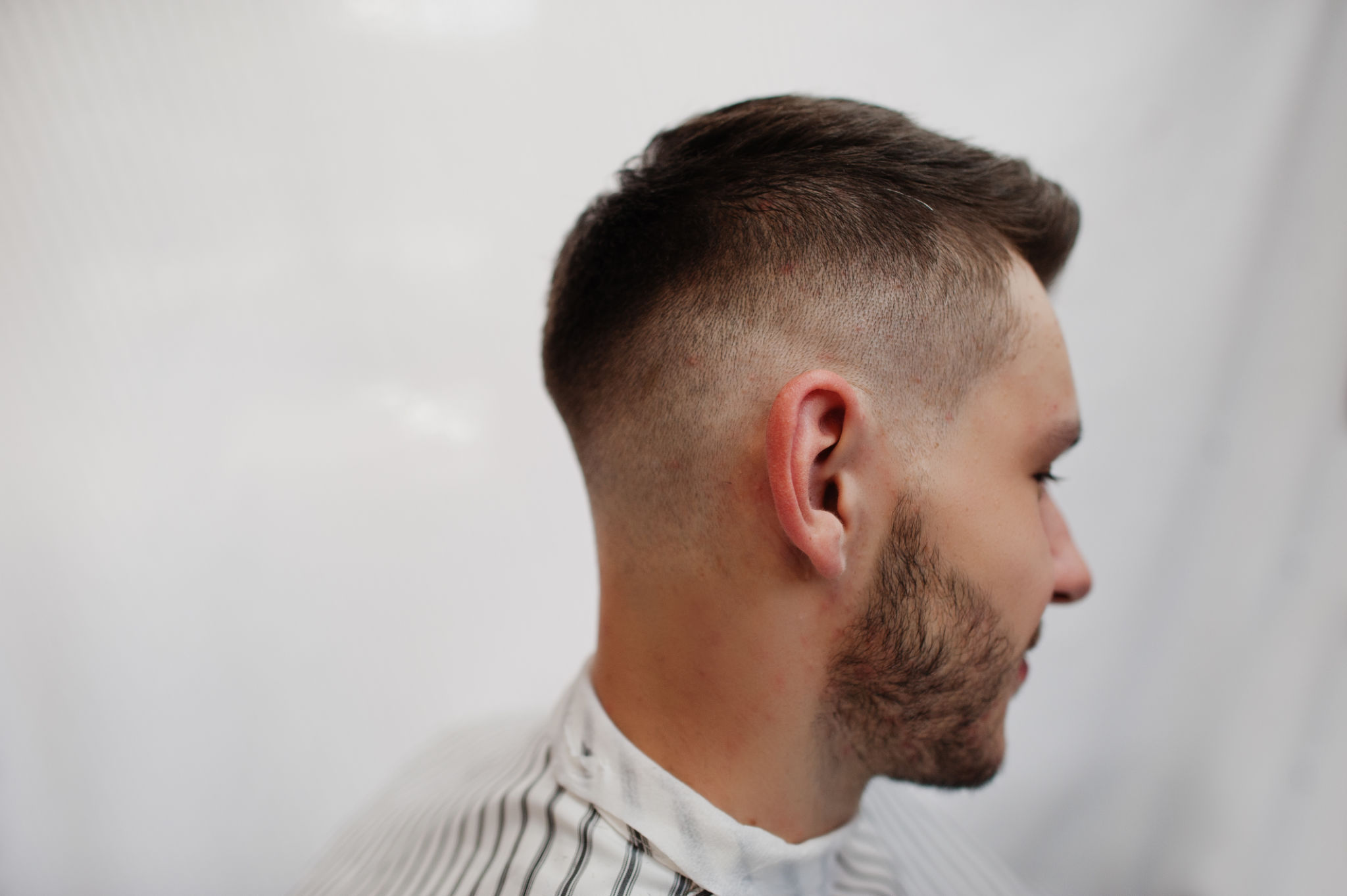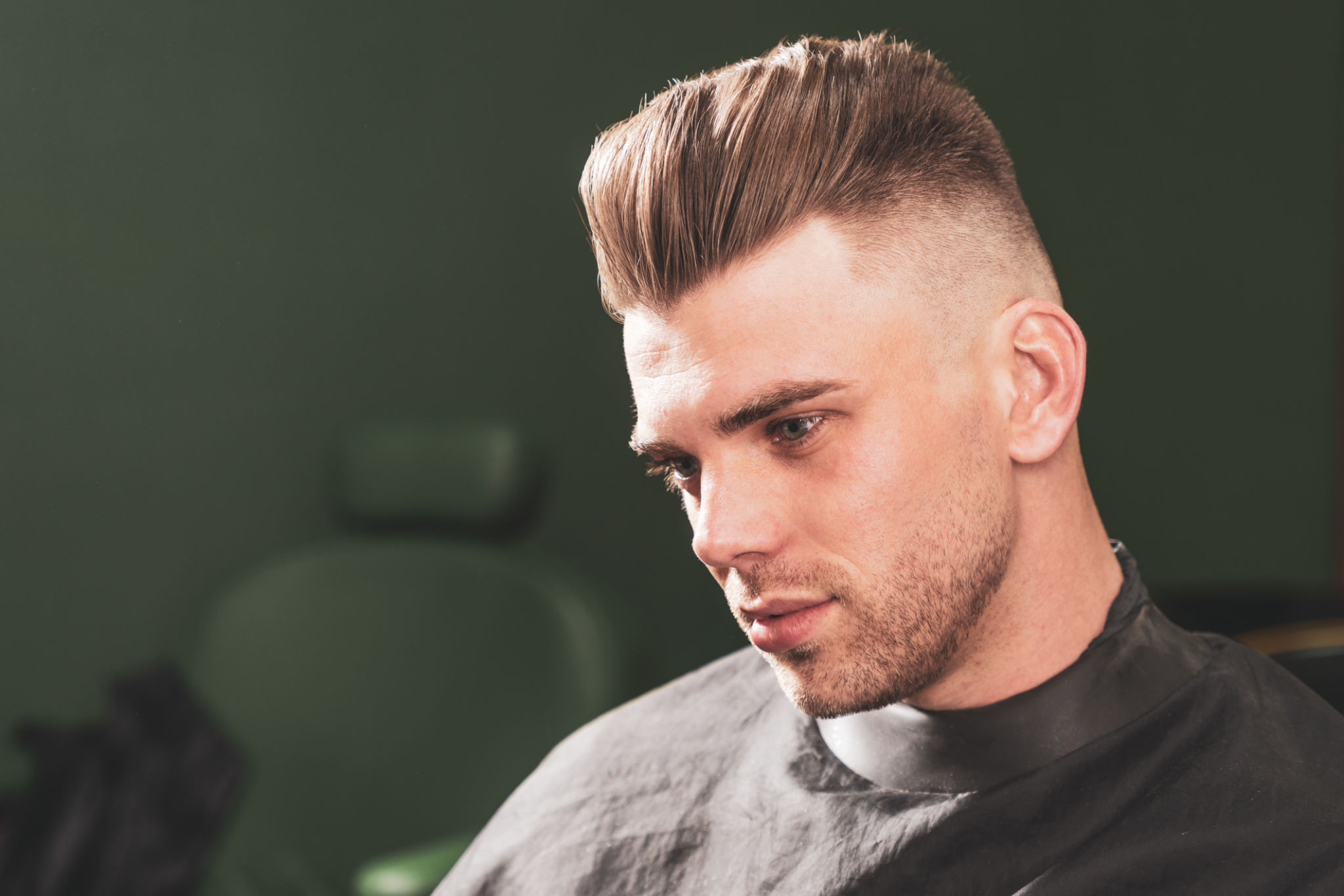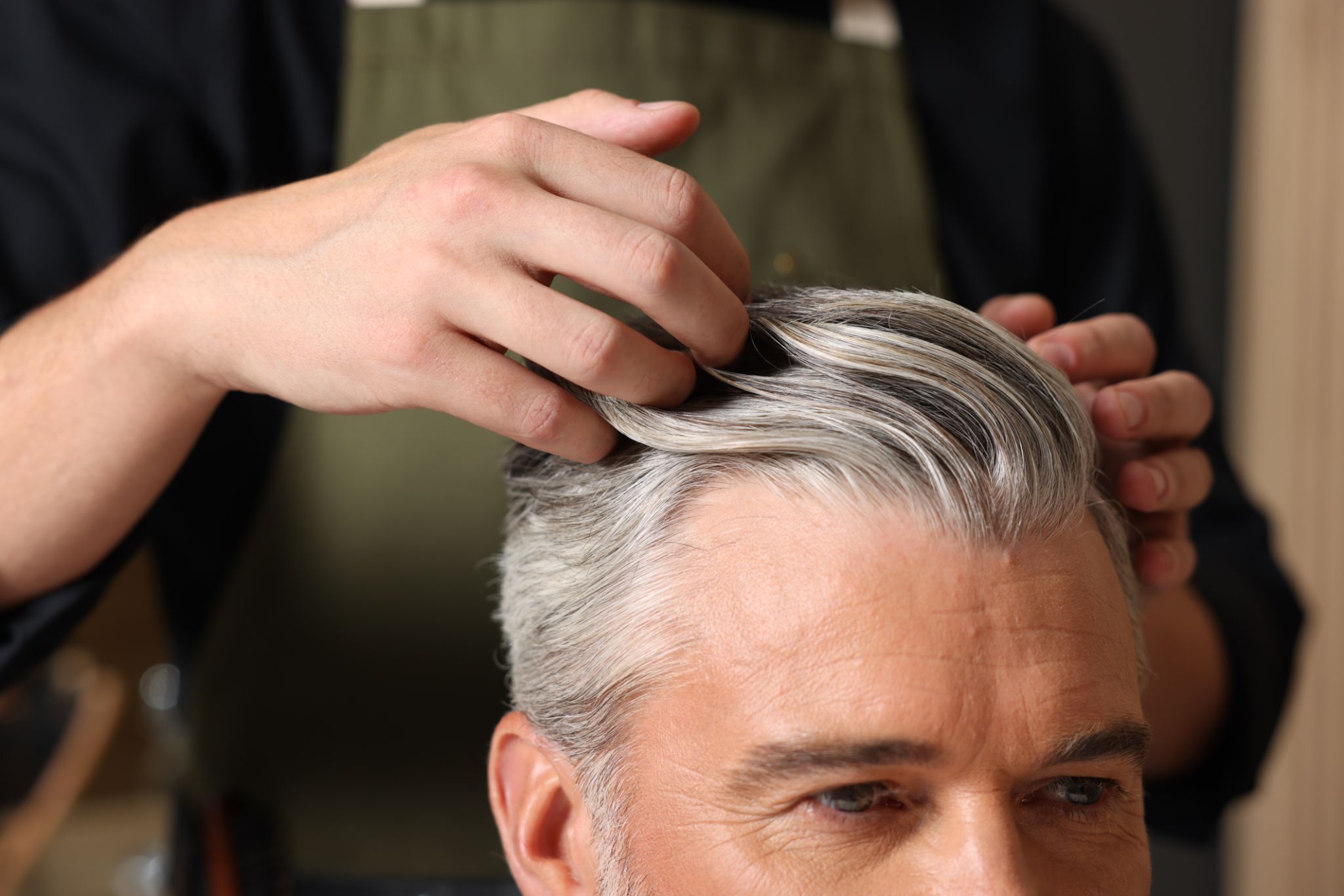The Evolution of the Fade Haircut: From Classic to Contemporary
AB
The Origins of the Fade Haircut
The fade haircut has its roots in military grooming standards, where practicality and neatness were paramount. Emerging during the early 20th century, this style was initially associated with military personnel, particularly those in the U.S. army. The clean and polished look of the fade quickly gained popularity due to its low maintenance and classic appeal.
As soldiers returned home, they brought the fade haircut with them, introducing it to the civilian population. The style soon became a staple in barbershops across the country, appreciated for its versatility and timelessness.

The Rise of the Fade in Popular Culture
By the 1980s, the fade haircut had transcended its military origins and found a place in mainstream fashion. This era marked a significant shift as the style was embraced by various subcultures and communities, including hip-hop artists and African American men. The high-top fade became particularly iconic during this time, popularized by artists such as Will Smith and groups like Kid 'n Play.
The fade's adaptability made it a favorite among those looking to express individuality while maintaining a clean appearance. Variations like the low fade, mid fade, and high fade started to emerge, each offering a unique twist on the classic cut.

Modern Twists on the Classic Fade
Today, the fade haircut continues to evolve, reflecting current fashion trends and personal preferences. Barbers worldwide have experimented with new techniques and styles, resulting in a myriad of contemporary fades that cater to different tastes.
Some of the most popular modern variations include:
- Skin Fade: This variation features an ultra-close shave at the base, creating a stark contrast as the hair gradually increases in length.
- Taper Fade: Known for its subtlety, this style tapers the hair gently from top to bottom.
- Drop Fade: Following the natural curve of the head, this cut creates a dramatic arc effect.

The Influence of Technology and Social Media
Technology and social media have played significant roles in the evolution of the fade haircut. Platforms like Instagram and YouTube have allowed barbers to showcase their skills and reach a global audience. As a result, new trends can emerge and disseminate rapidly, influencing how fades are styled worldwide.
Barbers now have access to advanced tools and products that help achieve precise cuts and unique styles. This technological advancement has contributed to the diversity and creativity seen in contemporary fade haircuts today.

The Fade Haircut in Professional Settings
While the fade is often associated with casual or edgy looks, it has also made its mark in professional environments. The adaptability of the fade means it can be tailored to suit more formal settings while still allowing for personal expression.
Many professionals opt for variations like the low or taper fade, which offer a refined appearance without sacrificing style. This flexibility ensures that the fade remains relevant across different spheres of life.

Conclusion: The Enduring Appeal of the Fade
The evolution of the fade haircut from its classic origins to contemporary innovations underscores its enduring appeal. Its adaptability to different trends and personal styles has cemented its status as a timeless grooming choice.
As fashion continues to evolve, the fade haircut is likely to remain a versatile and stylish option for individuals seeking both function and flair. Whether classic or contemporary, the fade stands as a testament to the dynamic nature of hair fashion.